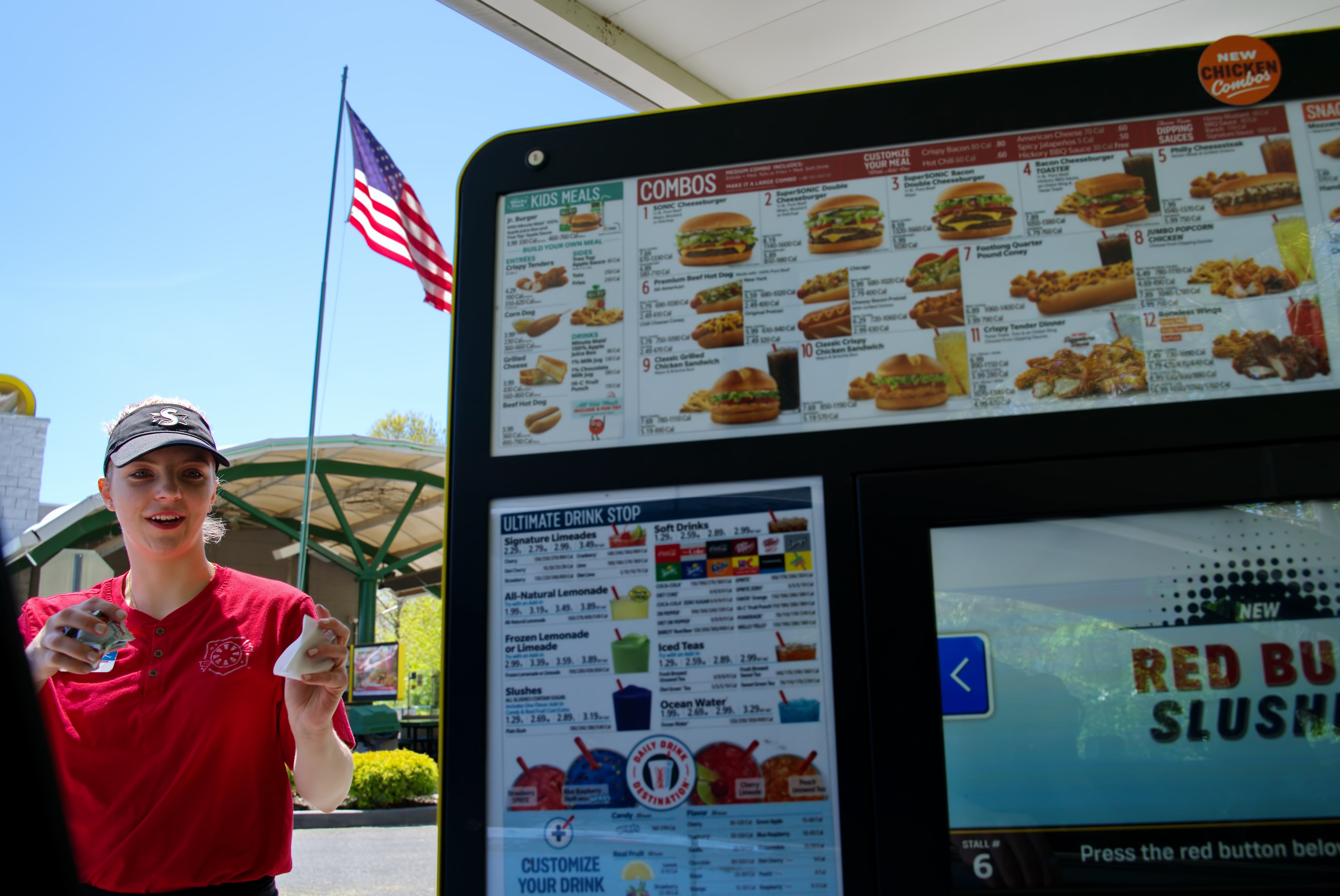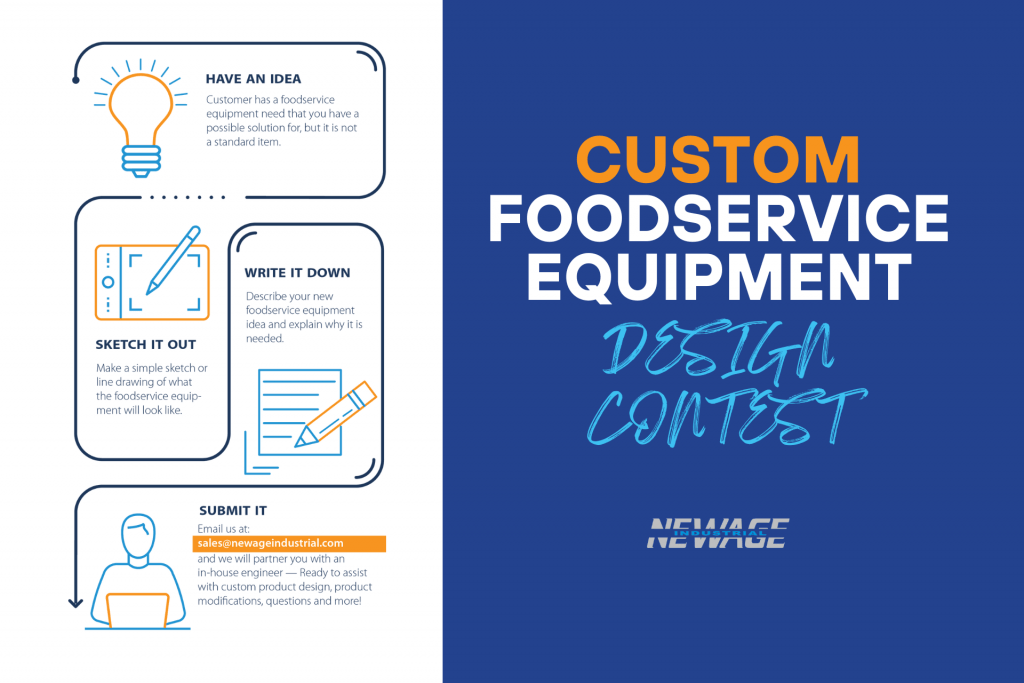
When menu-labeling legislation took effect last year, the time had come for chain restaurants to display nutrition information for all of its menu items via menu boards, websites and at customer request. Now, in Philadelphia new legislation requires chains to flag menu items that contain at least 2,300 milligrams of sodium per serving.
According to the city’s Department of Public Health, chain restaurants with at least 15 units nationwide will need to post a  symbol on their menus flagging menu items with 2,3000 milligrams or more of sodium. The new law, passed last year, takes effect on September 14 and does not apply to menus posted on websites or third-party delivery services.
symbol on their menus flagging menu items with 2,3000 milligrams or more of sodium. The new law, passed last year, takes effect on September 14 and does not apply to menus posted on websites or third-party delivery services.
Daily limits
The USDA and the American Heart Association recommends no more than 2,300 mg of sodium daily for adults and no more than 1,500 mg for adults with hypertension. Studies show that the average American adult consumes almost half more sodium than the recommended limit per day, and restaurant food tends to have more sodium than food prepared at home. Too much sodium in the diet has been linked to increased blood pressure, risk of heart disease and risk of struck. Together, heart disease and stroke kill more Americans each year than any other cause.
New York was the first city to require a sodium warning label on menus in 2015 with the same rules, and began issuing fines in March 2016. A lawsuit against them was overruled by the city in 2017. Both New York and Philadelphia require chains to post a downloadable, triangle-shaped sodium warning icon where customers place their orders and directly next to those items on both print and electronic menu boards as well as item tags. Icons must also be posted next to each combination meal with 2,300 mg or more sodium.
The NYC health department, in a guidance document, pointed out that menu items might contain more than one serving and are intended to be shared by more than one person; for example, a “family-size” bucket of chicken or a large pizza pie divided into eight slices. If the serving unit has less than 2,300 mg of sodium, there is no need for a warning label, even if all servings added together would total more than 2,300 mg of sodium. However, if each serving unit has 2,300 mg of sodium or more, a warning label is required.
Turning away from salt
The question is, how have and will these new rules impact restaurants, and will more cities adopt similar legislation?
A three-year delay on the menu-labeling legislation to take effect gave chains extra time to get their affairs in order. For many, that included sending recipes to consultants for nutrition analyses or investing in software programs that can do the same. Many chains also upgraded their menu board and back-end systems in order to be able to make menu changes on the fly, including posting nutritional information even ahead of the deadline.
For those chains that have made these upgrades, the sodium legislation won’t likely have a huge impact on menu board changes. It could, however, have an impact on the menu development process in general. Seeing a menu item with already the maximum amount of sodium could turn them away and cause that item to lose sales.
Confused consumers
“There is a growing list of nutrition information to include on menu boards based on required laws, consumer requests or restaurant preference,” says Julie Jones, consultant and longtime healthcare foodservice veteran. “Space is becoming limited on these boards even though the menu board size has grown. Unfortunately, the context for what these images mean confuse consumers until it becomes more generally recognized. In the meantime, operators must be able to translate the information for their customers. And likely, the new sodium flag will prompt some customers to make other choices or ask questions to make decisions for themselves.”
Carol Lapin, owner of CSL Nutrition Services in Houston, says “I do believe consumers who are concerned about heart health pay attention to the sodium and other nutrition info, and the biggest impact was on choices parents made for their children.” For restaurants to reduce sodium, they would need to be willing to alter recipes and use more spices and herbs to flavor food, she adds.
In New York, Applebee’s quickly announced it was on board with the sodium warning requirements. “We want our guests to have as much information as needed to make informed decisions when dining in our restaurants,” Zane Tankel, CEO of parent company Apple-Metro, said in a statement at the time. The chain’s grilled shrimp and spinach salad includes 2,990 mg.
It was also the first time customers were more visibly aware of the 2,790 mg in Chipotle’s loaded chicken burrito, the 2,980 mg in Subway’s foot-long spicy Italian sub or the 3,030 mg in TGI Friday’s classic Buffalo Wings.
Philly Cheesesteaks can also be high in sodium. The 10-inch sandwich at the Cheese Steak Shop has over 1,900 mg of sodium, while the foot-long version at Subway has 3,140 mg, compared to 1,570 mg for its 6-inch size, according to published reports. Other chains serving the sandwich that could be impacted by the new sodium label rule include Charleys Philly Steaks and Philly’s Best.
Further details:
For more information on menu-labeling, check out the FDA’s website. Download the sodium warning icon here.




